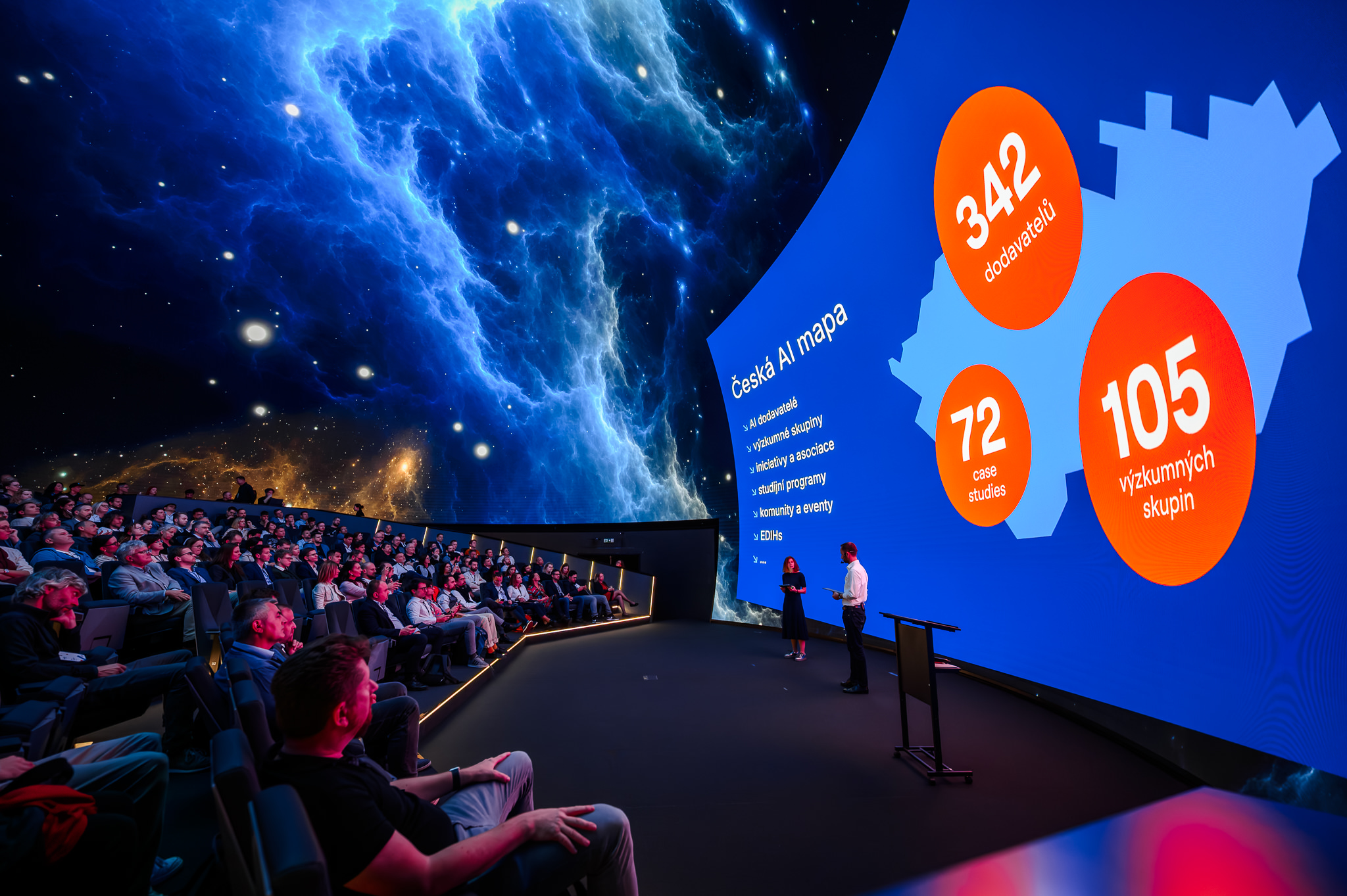Robotics researcher Tomáš Krajník shares insights into his latest project which aims to combat the mass extinction of bees through the implementation of microrobots in hives. How did the bees react to the robotic inhabitants of the hive? Why use machine learning for conservation? And how do beekeepers themselves approach the problem? Find out in the interview!
The RoboRoyale project brings together biologists, robotics researchers and machine learning experts from the Czech Republic, Austria, Turkey and the UK. In this EU-funded project within the Horizon 2020 call, researchers and students from our center are responsible for modelling the behaviour of bee colonies and controlling microrobots. We sat down with the Associate Professor Tomáš Krajník to understand the implications of mass extintion of this species and how computer science can mitigate positive change.
Biology, robotics and machine learning meet in the project. What is the benefit of this interdisciplinarity?
Tomáš Krajník: I see a huge potential impact in the interconnection of disciplines. We have the sixth mass extinction, the fifth involved dinosaurs. In the last 25 years, 75 % of flying insects that provide pollination have disappeared, threatening plants that depend on insect pollination. So as pollination declines, plants are declining, but they are also providing food for insects, and we are in a vicious circle.

How is your research helping to solve these problems?
In the RoboRoyale project, we are trying to direct the behaviour of bees in a way that increases the colony's chances of survival and makes them better able to act as a stabilising element of the ecosystem through pollination. We are able to monitor what is happening inside the hives over the long term and therefore better understand the causes of the current problems.
How do you get the bees to change their behaviour?
Around the queen bee there is a group of workers called the court - they are actually like ladies-in-waiting. They look after the queen, clean her and feed her, giving her information about what is going on in the hive, based on which the queen secretes different amounts of pheromones and increases or decreases the amount of eggs laid. This influences the activity of the colony. The aim of the RoboRoyale project is to complement the queen's yard with microrobots that convey additional information relevant to the functioning of the hive.
So you're going to mystify her?
On the contrary! We will inform her of what the court cannot know. Like where they're planning to spray the fields in the area or what the weather will be like next week. The queen can use the current weather to assess the best time to lay eggs. But if it suddenly gets cold or rainy, the bees won't be able to fly for food and the larvae will die. Or at least only some of them will, because they will use the smallest ones as food for the bigger ones, and the colony loses all the hard work it has put into the young.

What is the biggest challenge of the project?
In our previous research, we tried sending robots into difficult environments where, for example, it's raining or on fire, but that's nothing against bees! From a robotics perspective, a hive is a very hostile environment. As soon as the bees spot an intruder, they attack it, try to remove it or coverit with wax. And they're very persistent!
So how do you deal when bees don't want to accept robots in their midst?
You need to devise the shape, temperature and material of the robot so that the bees don't notice in the short term that it's not a bee like them. But the robot also has to be able to move like a bee. Biomimicry is really the key to successfully implementing robots in the hive. That's why at FEE CTU we are doing mathematical modelling of how bees behave, and using these models we are programming robots that mimic the behaviour. We are thus integrating the biological and technical components of the project.
Have you also talked to beekeepers about the project? How do they feel about the research?
It's similar to talking to taxi drivers about autonomous cars. They see it as something that's a long way off. A beekeeper who is doing it primarily for the honey yield sees robotic bees as a toy, because they can't imagine that such a thing would ever be realistically deployed. But there are companies that are developing smart hives that can report on status (reporting weight or sound, for example) and send that data to the cloud where the data is processed.

So what groups of people might be interested in the project?
Those who hear about such a project are biologists who could influence the whole beekeeping business, and those involved in modern agriculture. Besides the yield, they see the benefits mainly in terms of ecology, sustainability and overall environmental friendliness. But this is a horizon of perhaps 20 years and not everyone can see it. But both of these groups can be found among beekeepers. Hobby beekeepers are the ones who are really inclined. I see this more and more now. They would prefer to put a Raspberry Pi (miniature computer, ed.) with a camera in their hive and watch what the bees are doing. They are not after money, they are actually "citizen scientists". We would therefore like to target them in the follow-up phase of the project. And the project is also interested in queen beekeepers, which is a specific group of beekeepers. They are trying to develop queens with specific characteristics, which our systems would allow them to do.
Are you going to start keeping bees now?
I'm fine with this project. I don't even know where I'd put them. But we're working on other research activities that would use bees, so I'll enjoy them more.

This article was originally written for Nový prostor (issue 04/24), Czech magazine helping people in distress.
.png)




